Home>Interior Design>Kit Kemp’s Rule Of 5 C’s Is The Secret To Design
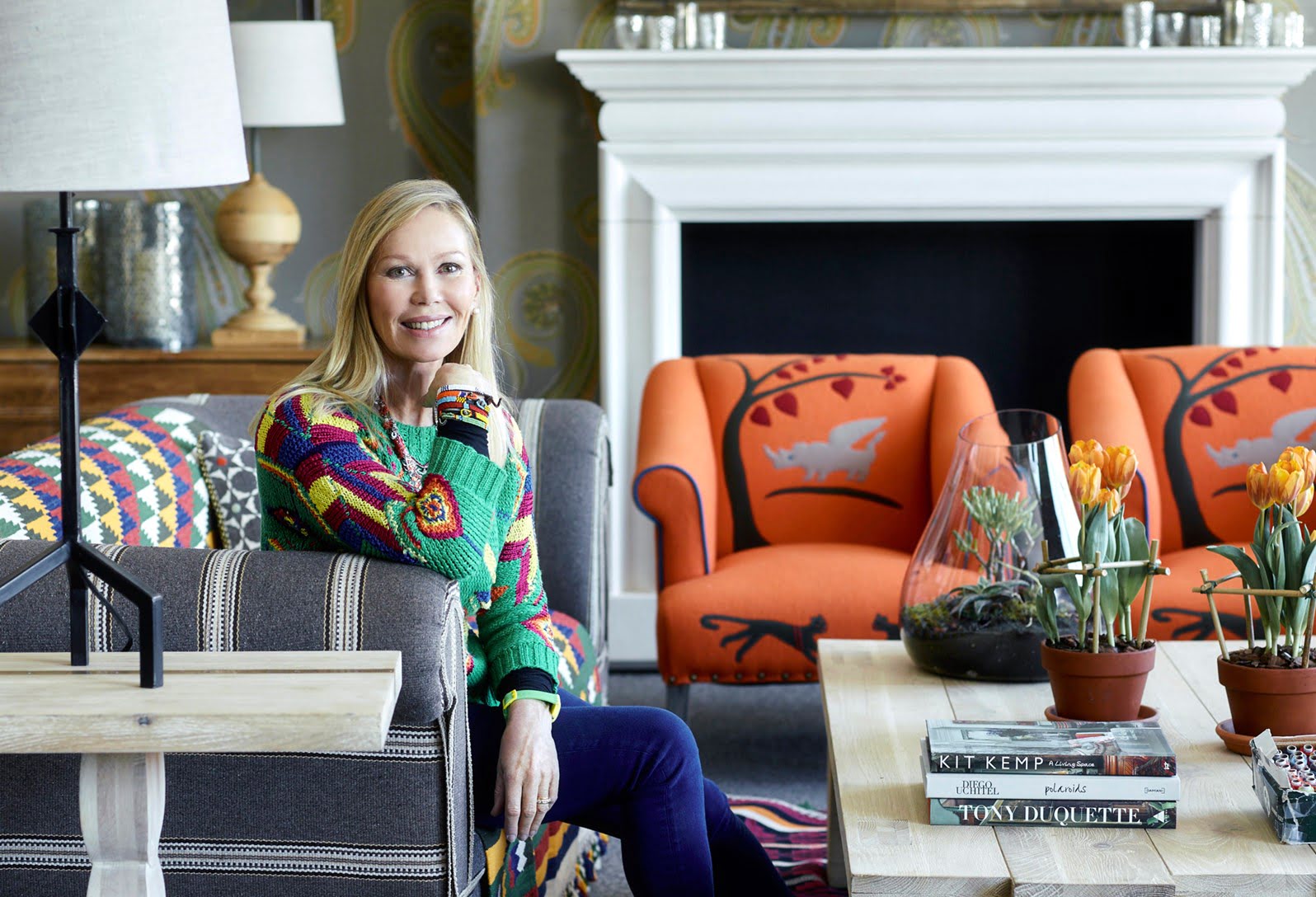

Interior Design
Kit Kemp’s Rule Of 5 C’s Is The Secret To Design
Modified: January 19, 2024
Discover the secret to stunning interior design with Kit Kemp's rule of 5 'C’s. Gain exclusive insights from the renowned designer and transform your space today.
(Many of the links in this article redirect to a specific reviewed product. Your purchase of these products through affiliate links helps to generate commission for Storables.com, at no extra cost. Learn more)
Introduction
Welcome to the world of interior design, where creativity knows no bounds and every space is an opportunity for storytelling. Whether you are revamping your home or working on a commercial project, the art of interior design holds the power to transform ordinary spaces into extraordinary experiences. However, achieving this transformative power requires a keen understanding of design principles and a mastery of the craft.
In this article, we will delve into the exclusive ‘Rule of 5 C’s’ coined by renowned designer Kit Kemp. These five principles—Creativity, Color, Contrast, Character, and Curiosity—serve as a guiding light for designers seeking to create captivating and visually stunning spaces. By understanding and incorporating these principles into your design process, you can elevate your interior designs to new heights.
So let’s dive into the enchanting world of the ‘Rule of 5 C’s’ and discover how it can unlock the secret to truly exceptional design.
Key Takeaways:
- Kit Kemp’s ‘Rule of 5 C’s’—Creativity, Color, Contrast, Character, and Curiosity—unlocks the secret to exceptional interior design, elevating spaces from ordinary to extraordinary through captivating and emotionally resonant experiences.
- Embrace the ‘Rule of 5 C’s’ to infuse your designs with creativity, evoke emotions through color, create visual impact with contrast, tell captivating stories through character, and engage viewers’ curiosity, leaving a lasting impression.
The Rule of 5 ‘C’s
Kit Kemp, renowned interior designer and founder of Firmdale Hotels, has distilled her vast experience and expertise into a simple yet powerful mantra for designing spaces. The ‘Rule of 5 C’s’ encompasses five key principles that, when applied to design, can create spaces that are visually captivating and emotionally resonant.
Let’s explore each of these principles in detail:
- Creativity: At the heart of every great design is creativity. This is the spark that ignites the whole process, pushing designers to think outside the box and break free from conventions. From selecting unique materials to conceptualizing innovative layouts, creativity paves the way for originality and sets the tone for the entire design journey.
- Color: Color holds immense power in design. It has the ability to evoke emotions, set moods, and create visual impact. Whether you opt for bold and vibrant hues or a more subdued palette, the strategic use of color can enhance the overall ambiance of a space. By understanding color theory and carefully selecting complementary shades, designers can create harmonious and visually stunning interiors.
- Contrast: Contrast is the art of juxtaposing elements to create visual interest and drama. It can be achieved through the interplay of light and dark, rough and smooth, or even different design styles. Contrast adds depth, dimension, and excitement to a space, making it visually dynamic and engaging.
- Character: Just as every person has their own unique personality, every space should have its own character. Character is created through the careful selection of furnishings, accessories, and art that tell a story and reflect the values of the space and its occupants. By curating a space with purpose and attention to detail, designers can imbue it with personality and create a truly immersive experience.
- Curiosity: Curiosity is what captivates and engages the viewer. It involves creating an element of surprise or intrigue in a space that draws the eye and invites exploration. This can be achieved through unexpected design elements, hidden treasures, or thoughtfully curated focal points. By sparking curiosity, designers create spaces that leave a lasting impression.
By incorporating the ‘Rule of 5 C’s’ into your design process, you can elevate your spaces from ordinary to extraordinary. Each principle plays a vital role in creating harmonious, visually stunning, and emotionally resonant interiors. So, let’s explore each principle in detail and learn how to apply them effectively in our designs.
Creativity: The Foundation of Design
Creativity is the beating heart of design. It is the driving force that pushes designers to think beyond the expected and explore new possibilities. It is through creativity that innovative ideas are born and unique design solutions are discovered. Without creativity, design can become mundane and uninspiring.
When it comes to interior design, creativity manifests itself in various forms. It starts with the initial concept development, where designers gather inspiration from different sources such as nature, art, culture, or personal experiences. This is a crucial phase, as it sets the tone for the entire design process.
Once inspiration is found, designers begin to translate their ideas into tangible design elements. This could include the selection of flooring materials, furniture pieces, lighting fixtures, and decorative accents. Creativity shines through in the way these elements are chosen and combined.
One of the hallmarks of a creative design is its ability to surprise and delight. It breaks away from the expected and introduces elements that captivate the viewer’s attention. This could be achieved through an unexpected color scheme, a daring furniture arrangement, or the use of unconventional materials.
Another aspect of creativity in design is the ability to think outside the box and find innovative solutions to design challenges. This could involve repurposing a unique object as a functional piece, creating custom-made furniture, or integrating technology in a seamless and unobtrusive way.
An important aspect of nurturing creativity is giving yourself the freedom to explore and experiment. Designers should feel encouraged to take risks and embrace their unique style and vision. By doing so, they create spaces that are truly original and reflective of their own creative fingerprint.
It is worth noting that creativity in design goes beyond aesthetics. It also involves functional and practical considerations. A creative design should enhance the functionality of a space, improve the flow of movement, and meet the needs of its users. This balance of creativity and functionality is what creates a truly successful design.
Ultimately, creativity is what sets exceptional designs apart from the ordinary. It fuels the imagination, leads to innovative solutions, and creates spaces that evoke emotion and leave a lasting impression. By embracing creativity as the foundation of design, designers can create experiences that engage, inspire, and delight.
Color: Adding Vibrancy and Emotion
Color is a powerful tool in the world of interior design. It has the ability to evoke emotions, set moods, and create visual impact. Choosing the right colors can completely transform a space, making it feel vibrant, inviting, or calming.
When selecting colors for a design, it’s important to consider the psychological and emotional effects they can have on individuals. Warm colors like red, orange, and yellow can create a sense of energy, passion, and warmth. These hues are often used in spaces where social interaction and creativity are encouraged, such as living rooms or dining areas.
Cool colors like blue, green, and purple, on the other hand, have a calming and soothing effect. They can create a sense of serenity, tranquility, and relaxation. These shades are often employed in bedrooms, bathrooms, or meditation spaces to cultivate a peaceful ambiance.
Neutral colors such as white, beige, and gray provide a versatile backdrop that can be paired with any other color. They create a sense of balance and harmony and allow other design elements to shine. Neutrals are commonly used in minimalist or Scandinavian-inspired designs, where simplicity and sophistication are key.
The strategic use of color can also help define and divide different areas within a space. Employing accent colors on trimmings, feature walls, or key furniture pieces can create visual interest and draw attention to specific areas or architectural details.
It’s important to understand color combinations and complementary hues to create a harmonious color palette. Analogous colors, which are adjacent on the color wheel, create a cohesive and harmonious look. For example, using shades of blue and green together can create a calming and refreshing atmosphere.
On the other hand, complementary colors, which are opposite each other on the color wheel, create contrast and visual interest. Pairing warm tones with cool tones, such as orange and blue or yellow and purple, can create a vibrant and dynamic space.
Additionally, designers can experiment with the intensity and saturation of colors to create different effects. Bold and vibrant colors can make a statement and add drama to a space, while pastel or muted hues can create a softer and more delicate atmosphere.
Ultimately, color is a powerful tool that can evoke emotions, create visual impact, and define the overall mood of a space. By understanding the psychology of color, experimenting with different combinations, and selecting hues that align with the desired ambiance, designers can add vibrancy and depth to their interior designs.
When designing a space, remember Kit Kemp’s rule of 5 ‘C’s: color, contrast, creativity, craftsmanship, and coordination. These elements can help create a cohesive and visually appealing design.
Contrast: Creating Impact and Visual Interest
Contrast is a key element in interior design that helps create impact and visual interest. It involves the deliberate arrangement of elements that vary in color, texture, size, or style to create a dynamic and engaging space. By juxtaposing contrasting elements, designers can add depth, dimension, and drama to their designs.
One of the most common forms of contrast is achieved through the interplay of light and dark. This contrast, known as tonal contrast, creates a striking visual effect and can be employed in various ways. For example, a dark feature wall against lighter furnishings can create a focal point and draw attention to a particular area of the space. Similarly, using light-colored furniture against a dark backdrop can create a sense of depth and make the furniture stand out.
Contrast can also be achieved through the juxtaposition of different textures. Combining smooth and rough surfaces or incorporating materials with varying textures can create a tactile and visually compelling environment. For instance, pairing a sleek, polished marble countertop with rough, reclaimed wood accents can create a harmonious yet intriguing contrast.
Another form of contrast is through the combination of different scales and proportions. Incorporating furnishings or accessories of varying sizes creates a sense of visual interest and balance. For example, pairing a large, statement chandelier with smaller, delicate furniture pieces can create a striking contrast and add drama to a space.
Contrast can also be created through the fusion of different design styles. Blending contemporary and traditional elements, for instance, can create a visually captivating space that balances the old and the new. Introducing unexpected design elements or incorporating elements from different cultures or time periods can add intrigue and make the space more visually diverse.
Ultimately, contrast plays a crucial role in creating impact and visual interest in interior design. It enhances the overall aesthetic appeal of a space, draws attention to key focal points, and adds a layer of visual complexity. By carefully considering and balancing contrasting elements, designers can create visually dynamic environments that capture the viewer’s attention and leave a lasting impression.
Character: Infusing Personality and Storytelling
Character is a fundamental aspect of interior design that allows spaces to have a unique personality and tell a captivating story. Just as each individual has their own distinct character, every space should have its own identity and reflect the values, interests, and experiences of its occupants.
Infusing character into a design involves carefully curating a selection of furnishings, accessories, and art that evoke a specific mood or theme. These elements contribute to the overall narrative of the space, creating a seamless and immersive experience for the viewer.
One way to infuse character is through the use of vintage or antique pieces. These items bring a sense of history and nostalgia, injecting a space with a rich narrative. They add warmth and authenticity, conveying a sense of heritage and timelessness. Whether it’s a vintage rug, an antique chair, or a collection of vintage art, these pieces can become the focal points that tell captivating stories.
Another way to add character is by incorporating unique, one-of-a-kind pieces that reflect the personality and interests of the occupants. This could be a statement piece of artwork, a customized furniture piece, or even a collection of travel souvenirs. These treasures become conversation starters and add a personal touch to the space, making it feel truly curated and individualistic.
The layout and arrangement of furniture and accessories also contribute to the character of a space. Creating cozy nooks, strategic vignettes, or arranging pieces in unexpected ways can convey a specific mood or theme. For instance, a reading corner with a comfortable armchair, a vintage floor lamp, and a collection of books creates a cozy and inviting atmosphere that speaks to a love for literature and intellectual pursuits.
Additionally, the use of colors and patterns can help infuse character into a space. Bold and vibrant colors can add energy and playfulness, while muted and neutral tones can create a sense of calm and sophistication. Incorporating patterns, whether through wallpapers, textiles, or tile designs, can also contribute to the overall character by adding visual interest and depth.
Ultimately, infusing character into a design is about creating a space that is more than just aesthetically pleasing. It is about creating an environment that tells a story, reflects the identity of its occupants, and evokes emotions. By thoughtfully curating and arranging elements that resonate with the desired character, designers can create spaces that are truly captivating and emotionally engaging.
Curiosity: Engaging and Captivating the Viewer
Curiosity is a powerful tool that can be used to create engaging and captivating interior designs. By incorporating elements that spark curiosity, designers can draw the viewer in and create a sense of intrigue and exploration within a space.
One way to evoke curiosity is through the use of unexpected design elements. This could involve incorporating unconventional materials, unique shapes, or surprising color combinations. By deviating from the norm and presenting the viewer with something unexpected, designers can stimulate their curiosity and encourage them to take a closer look.
Hidden treasures and secret details are another way to engage curiosity. Designers can strategically place objects or design features that require closer inspection. This could be a hidden door, a hidden storage compartment, or a personal artifact discreetly integrated into the design. By creating moments of discovery, the viewer is encouraged to explore and engage further with the space.
Creating focal points or points of interest within a space can also foster curiosity. These could be captivating art installations, eye-catching light fixtures, or unique architectural features. By placing these elements strategically, designers guide the viewer’s gaze and create a sense of anticipation and curiosity about what lies ahead.
Another way to ignite curiosity is through the use of storytelling within the design. Incorporating elements that tell a story or convey a theme can capture the viewer’s imagination and invite them to learn more. This could be done through the use of artwork, decorative objects, or even through the arrangement and styling of furniture. By creating a narrative within the space, designers create a sense of intrigue and curiosity about the story being told.
Consideration of the flow and layout of a space can also enhance curiosity. Designers can create a sense of movement and guide the viewer through the space by carefully planning the placement of furniture, architectural elements, and focal points. By creating a sense of progression, the viewer is naturally curious about what awaits them around the corner or at the end of a hallway.
Finally, incorporating interactive elements into a design can amplify curiosity. This could be through the inclusion of touch-sensitive surfaces, interactive displays, or even playful elements like swings or hidden passages. By encouraging active participation and engagement, designers create an immersive experience that keeps the viewer curious and captivated.
Overall, curiosity plays a significant role in creating engaging interior designs. By utilizing unexpected elements, hidden treasures, focal points, storytelling, thoughtful flow, and interactive features, designers can create spaces that beckon the viewer to explore, discover, and satisfy their curiosity. Through this engagement, designers can truly captivate their audience and leave a lasting impression.
Conclusion
Interior design is a multifaceted art form that goes beyond the surface-level aesthetics. It is a blend of creativity, color, contrast, character, and curiosity that transforms spaces into captivating and immersive experiences. By understanding and incorporating the ‘Rule of 5 C’s’ – Creativity, Color, Contrast, Character, and Curiosity – designers can elevate their work to new heights.
Creativity serves as the foundation of design, pushing designers to think outside the box and create original and unique spaces. Color adds vibrancy and emotion, setting the mood and evoking a viewer’s feelings and reactions. Contrast creates impact and visual interest, making a space visually dynamic and engaging. Character infuses personality and storytelling, making each space a reflection of its occupants and their story. Curiosity engages and captivates the viewer with unexpected elements and hidden details, sparking a sense of intrigue and exploration.
By applying these principles strategically, designers can create truly exceptional interiors that leave a lasting impression on the viewer. Each principle brings its own dimension of enchantment and adds depth to the design process. The interplay of these principles leads to designs that not only showcase beauty but also engage the senses and evoke emotion.
As designers, it is essential to remember that design is a constantly evolving field, and mastering the ‘Rule of 5 C’s’ is an ongoing process. Continuing to learn and experiment with these principles allows designers to push boundaries and create spaces that are innovative and cutting-edge.
In conclusion, the ‘Rule of 5 C’s’ encompasses the fundamental aspects of interior design that make spaces extraordinary. By embracing creativity, exploring the power of color, harnessing the impact of contrast, infusing character, and inspiring curiosity, designers can create spaces that truly captivate and leave a lasting impression on those who experience them.
So, let your imagination run wild, experiment with colors, textures, and styles, and let the ‘Rule of 5 C’s’ be your guide to unlocking the secret to exceptional design. Embrace the beauty of the interior design world and create spaces that are not only visually stunning but also emotionally resonant and engaging.
Frequently Asked Questions about Kit Kemp's Rule Of 5 C's Is The Secret To Design
Was this page helpful?
At Storables.com, we guarantee accurate and reliable information. Our content, validated by Expert Board Contributors, is crafted following stringent Editorial Policies. We're committed to providing you with well-researched, expert-backed insights for all your informational needs.

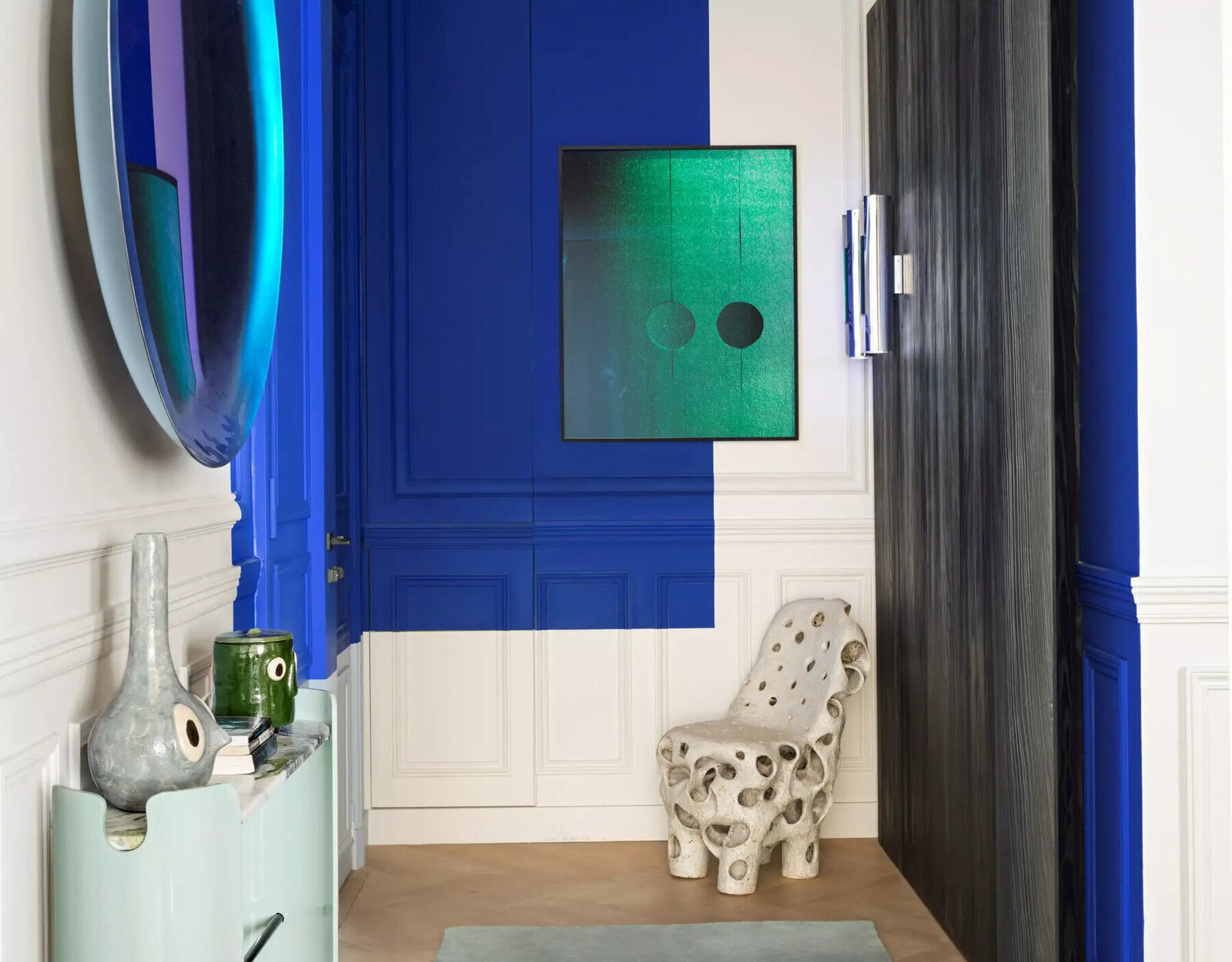
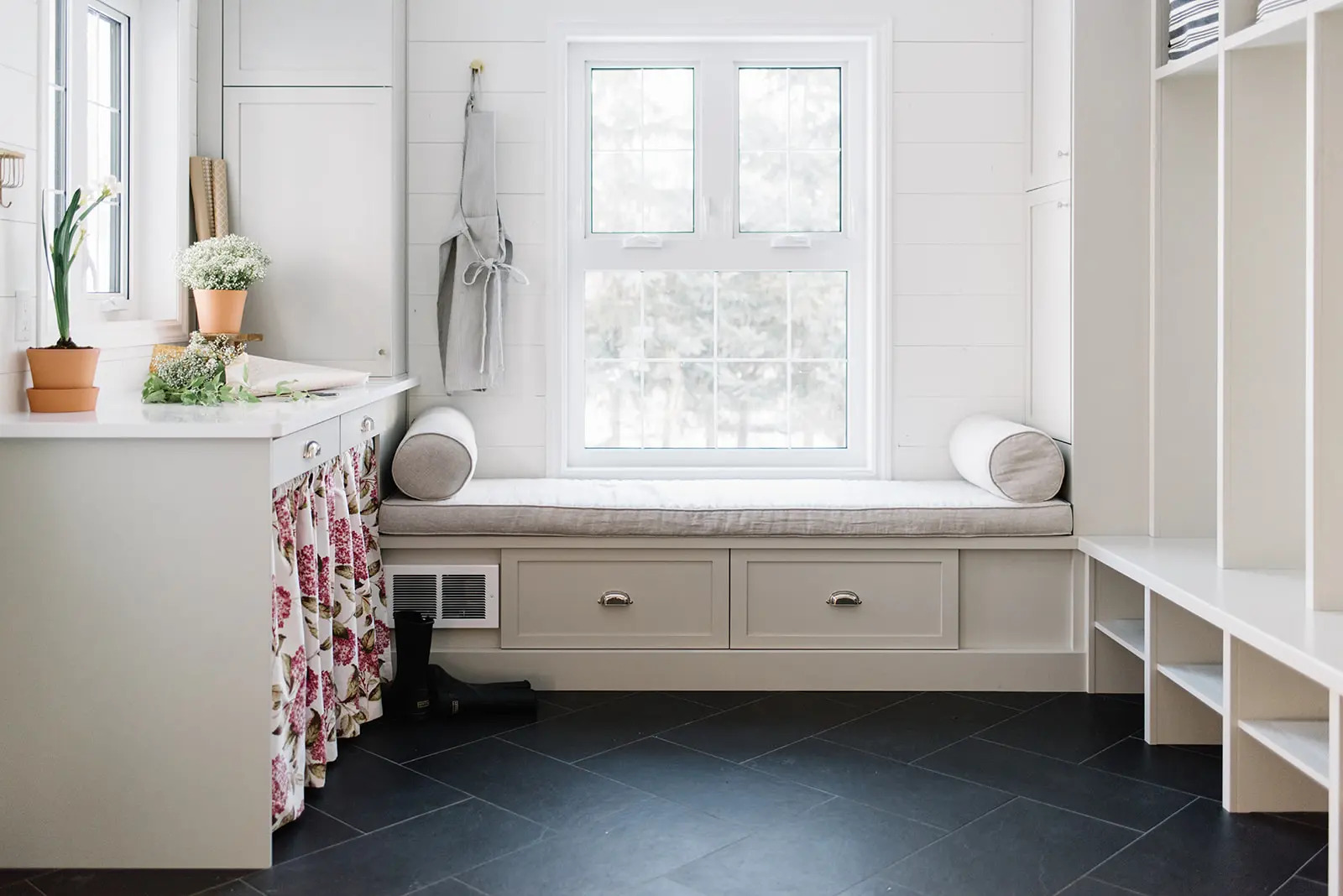
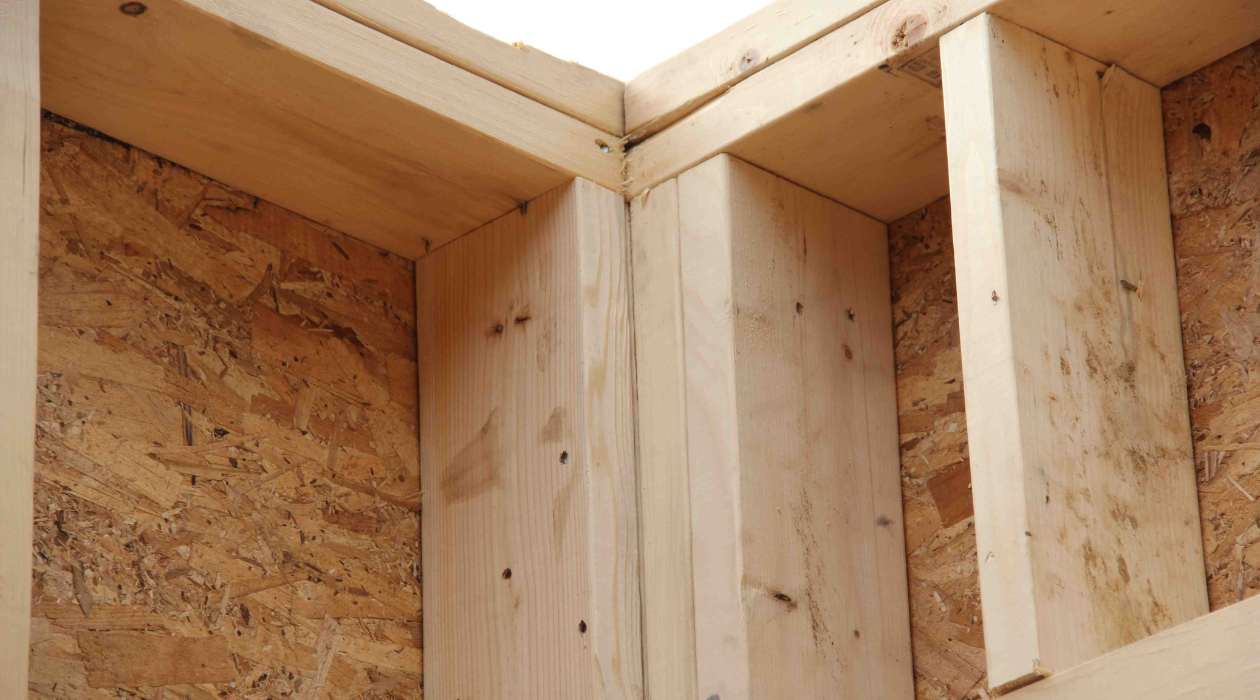
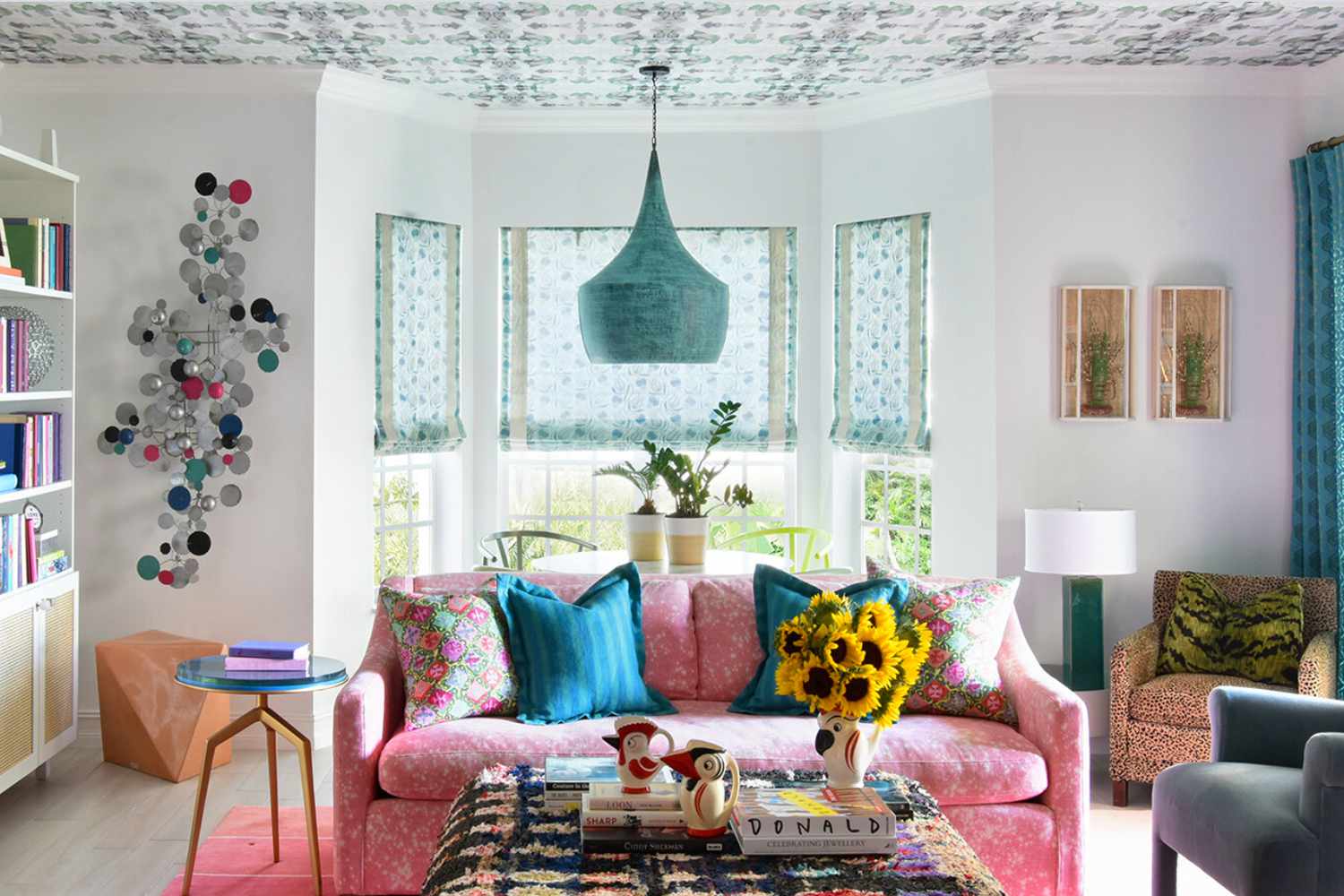
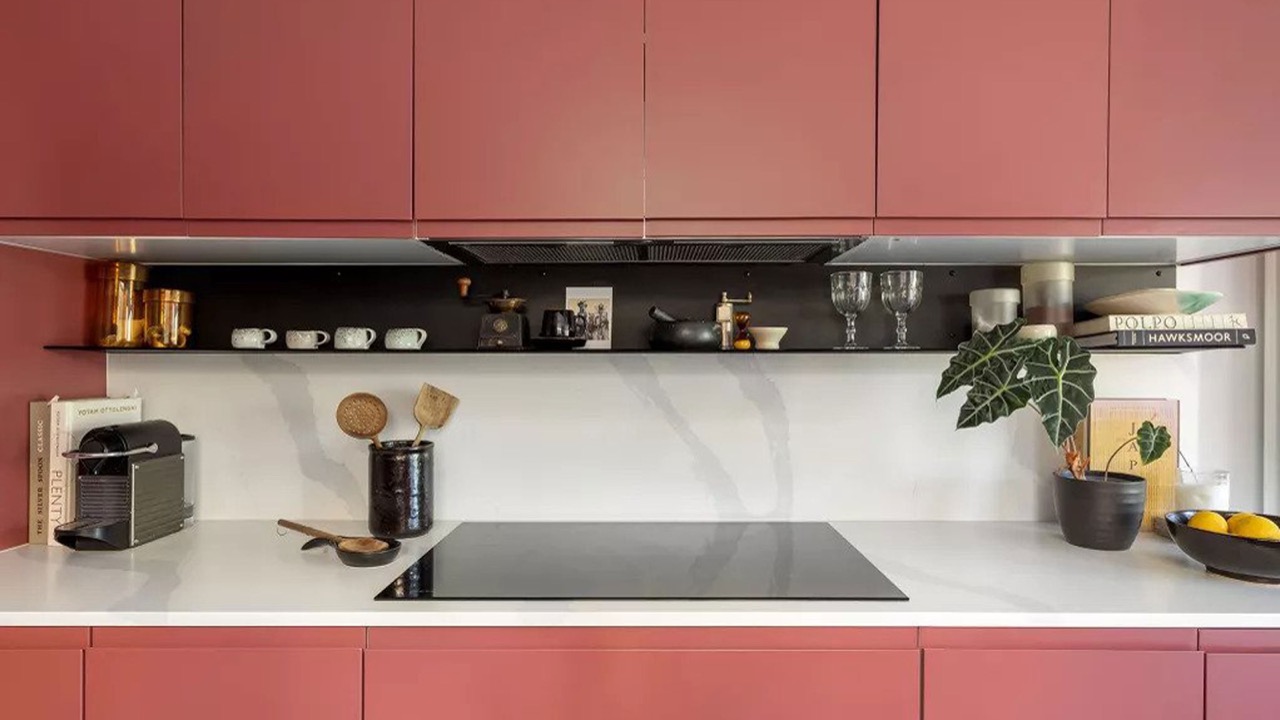
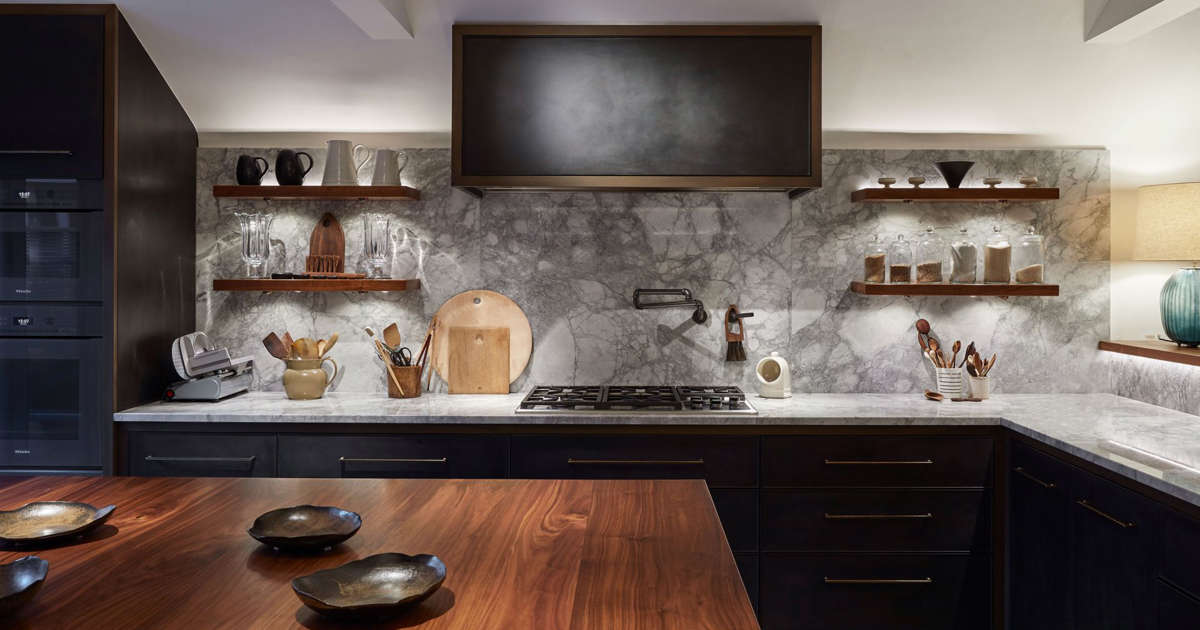
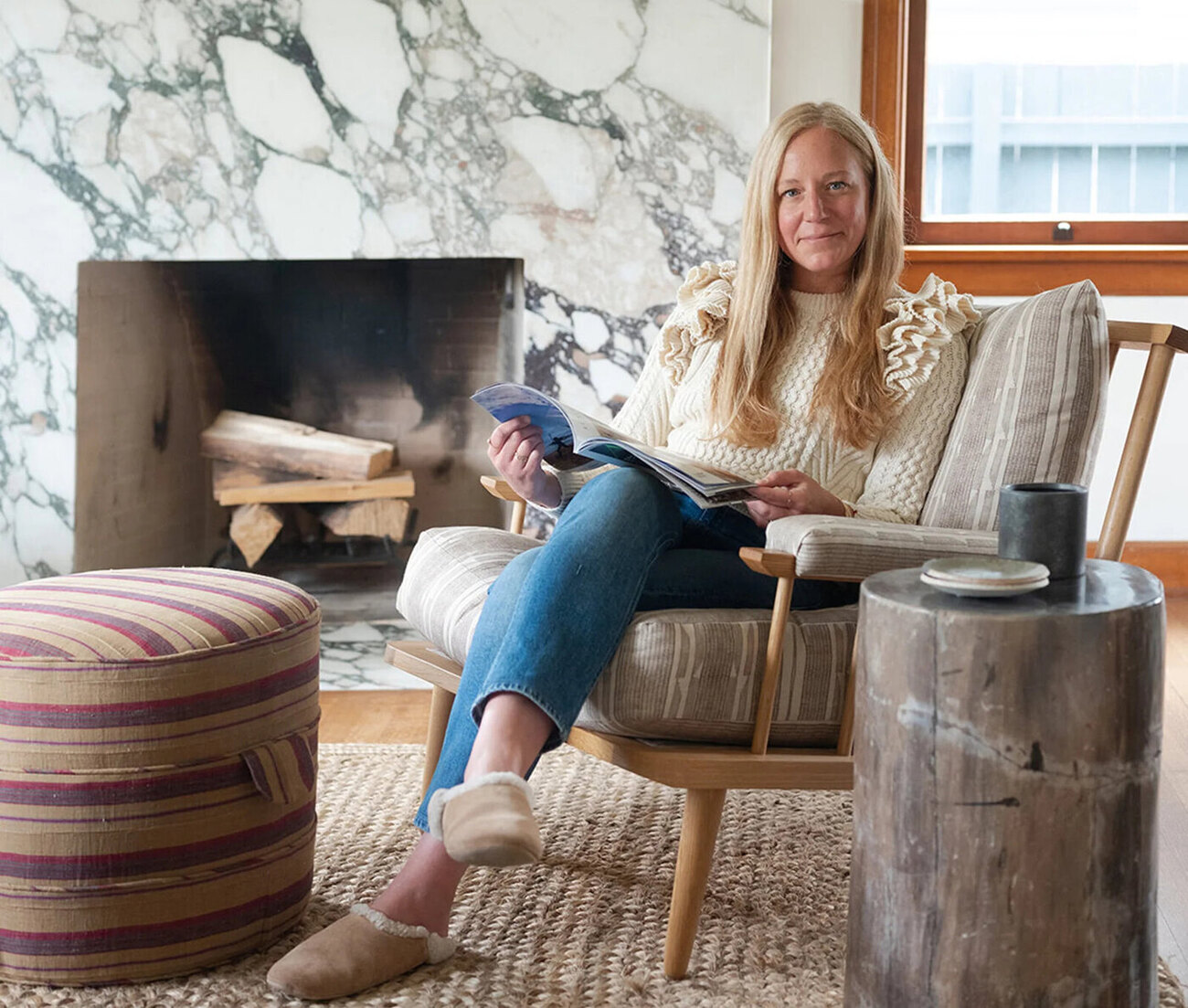

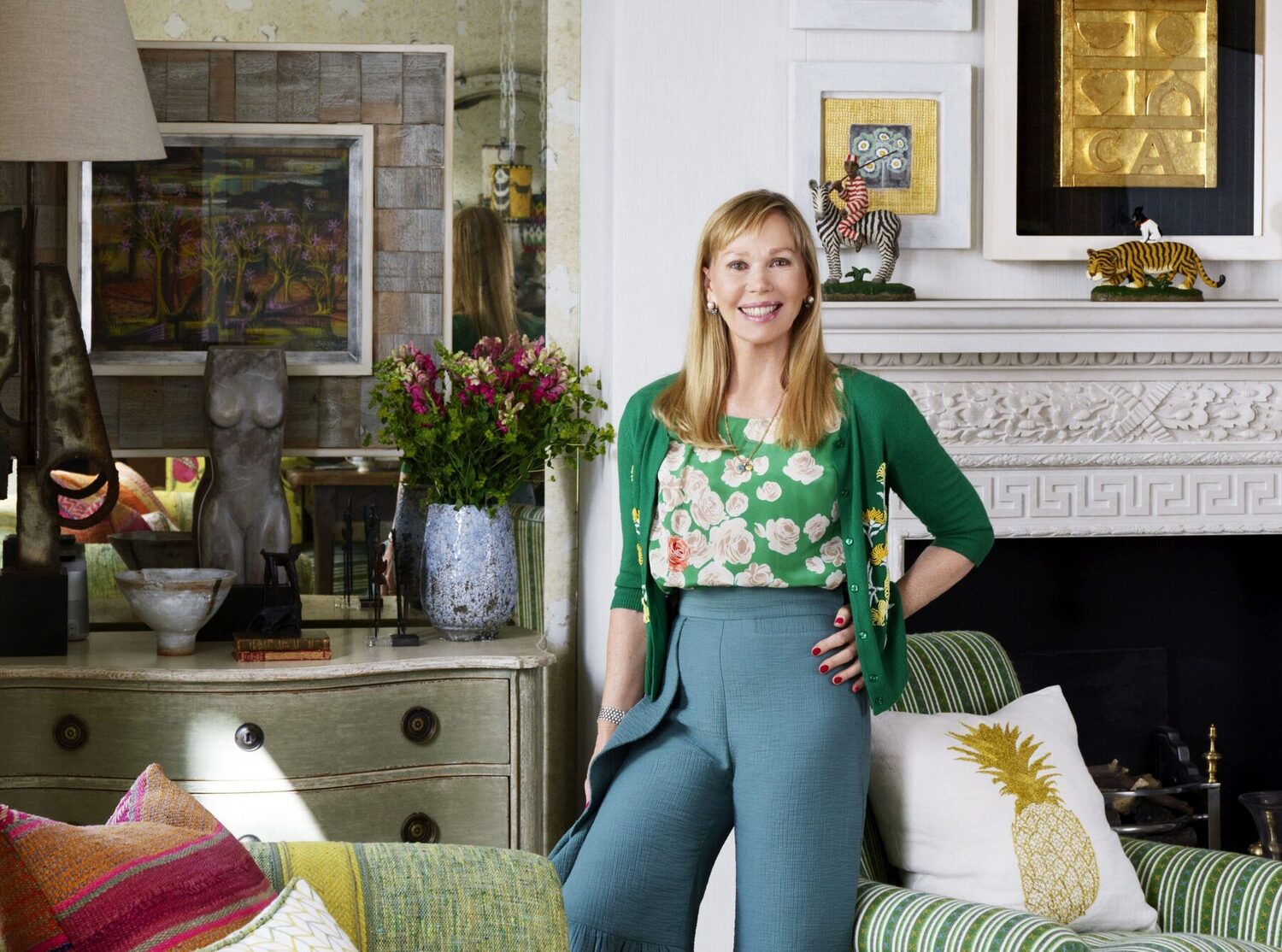
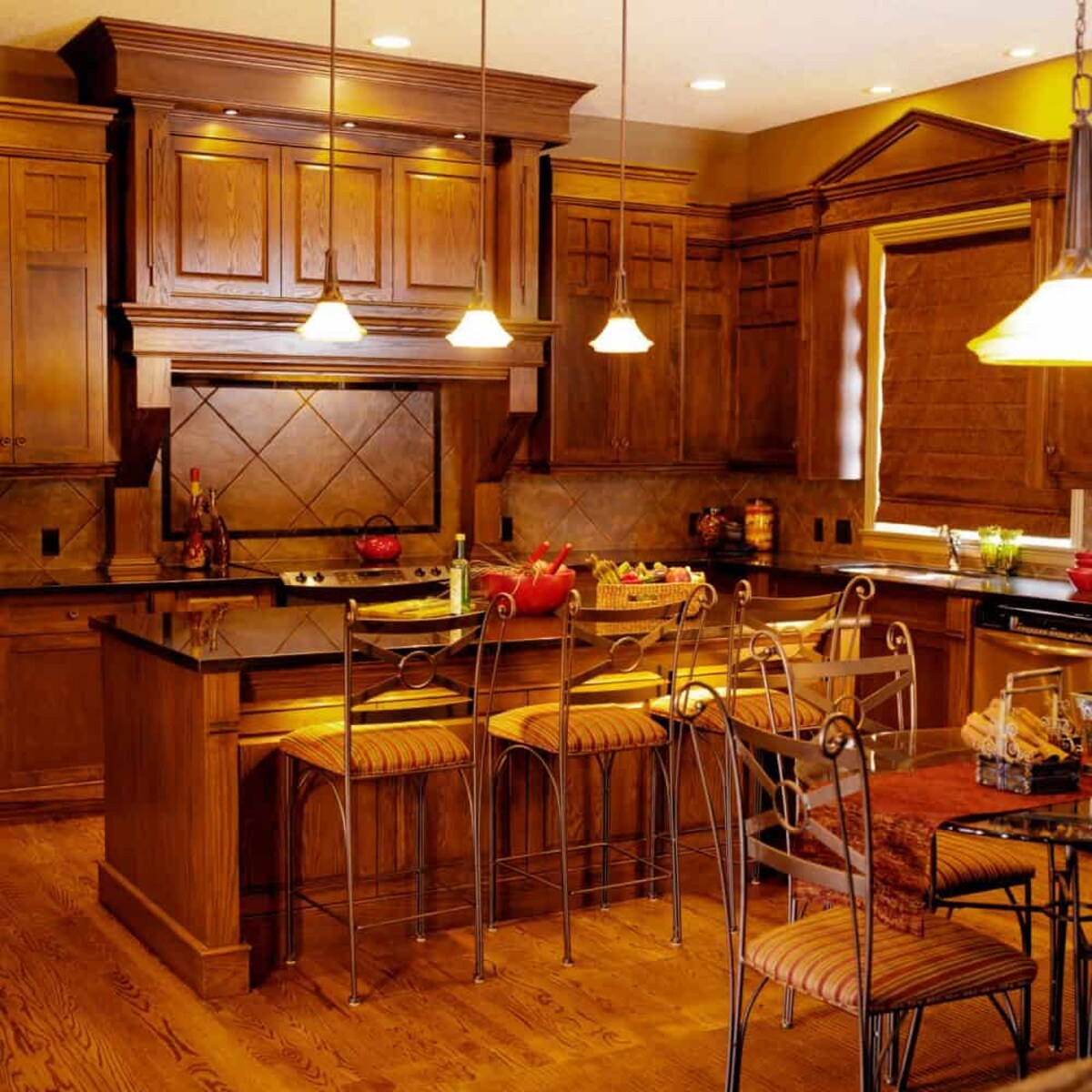
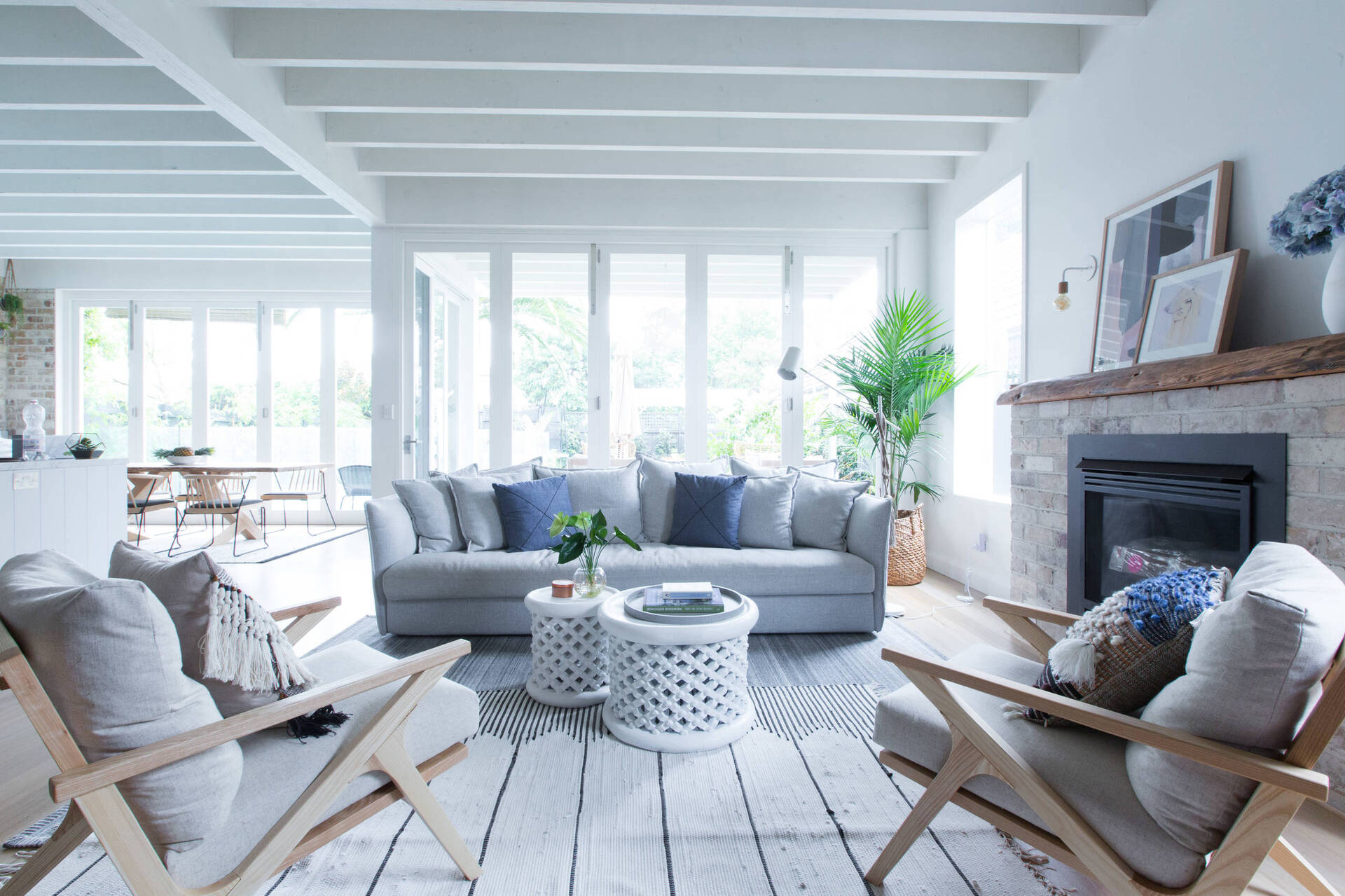

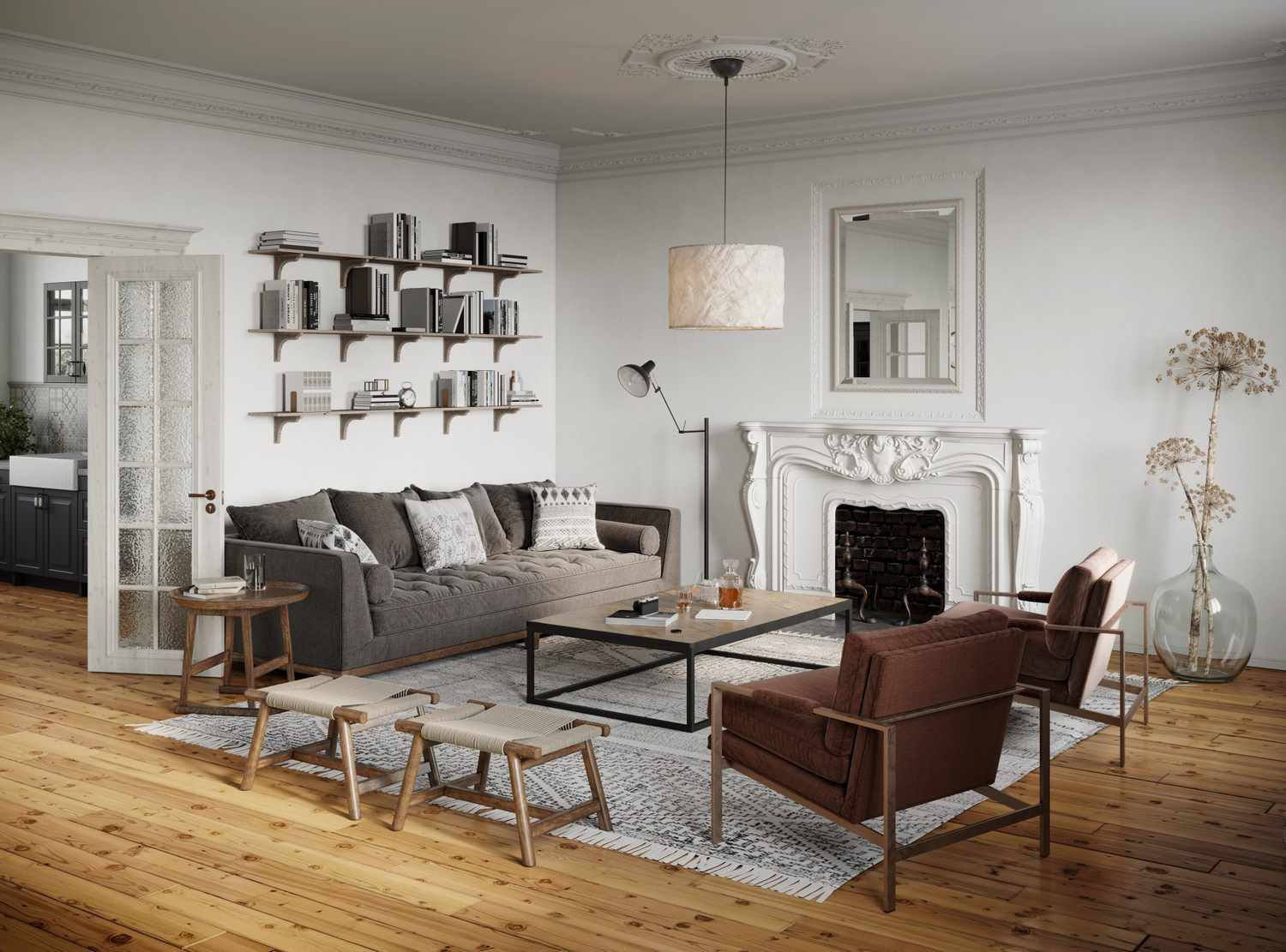

0 thoughts on “Kit Kemp’s Rule Of 5 C’s Is The Secret To Design”